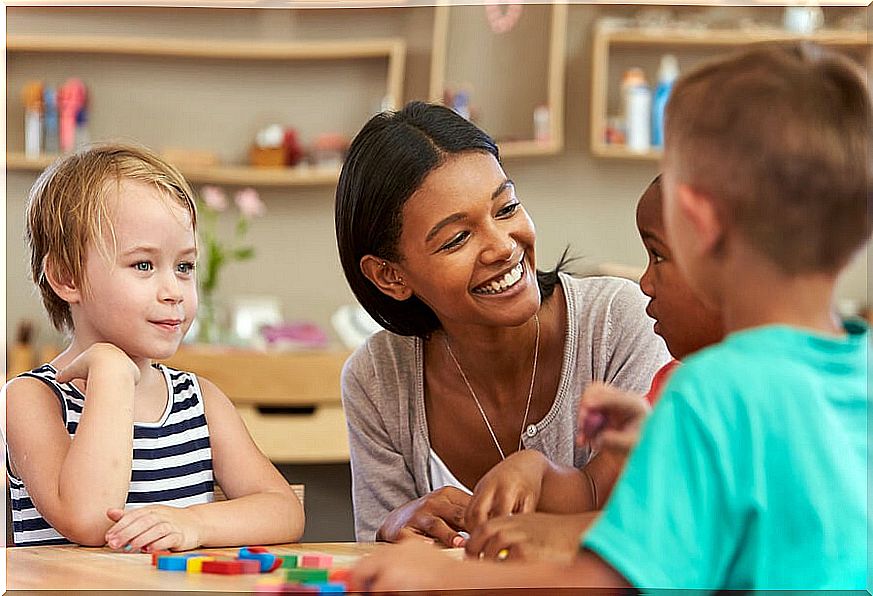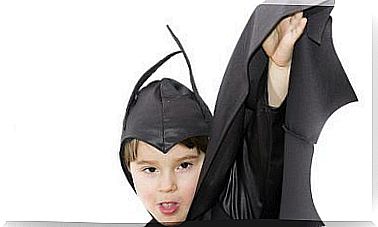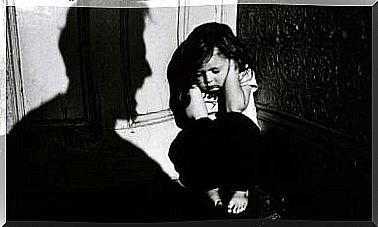How To Educate In Non-violence
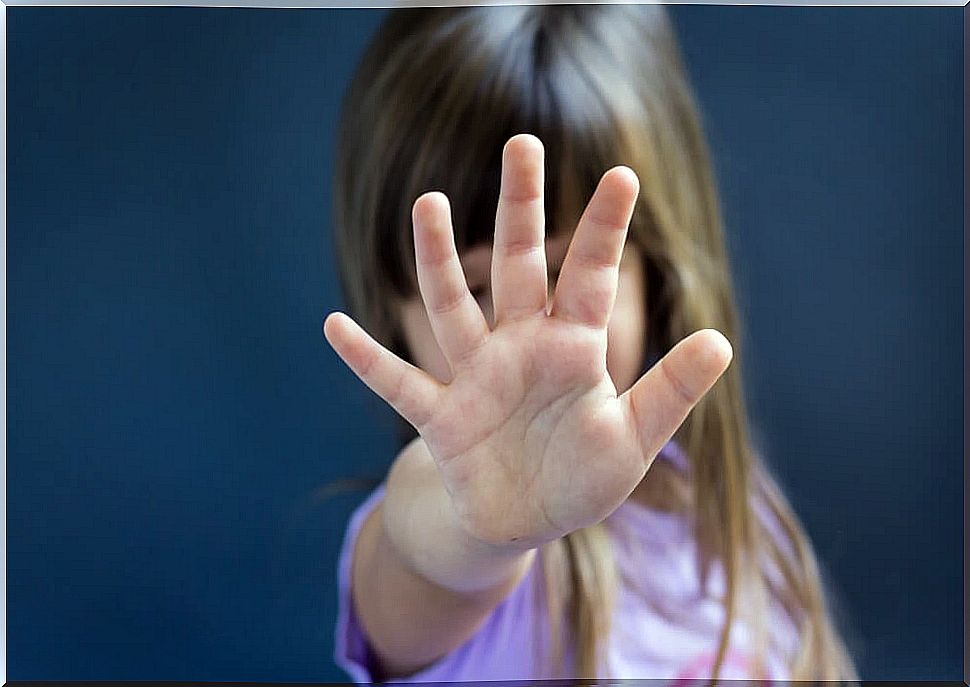
Unfortunately, violence has been, and continues to be, very present in all human societies throughout history. However, as Edward James Olmos once said, education is the vaccine against violence. That said, read on and discover how to educate the youngest in non-violence.
Education for peace to educate in non-violence
The United Nations Children’s Fund (UNICEF) defines education for peace as a process of promoting the knowledge, capacities, attitudes and values necessary to produce behavioral changes that allow children, youth and adults to prevent conflicts. and violence, resolve conflicts peacefully and create conditions conducive to peace.
For its part, the United Nations Educational, Scientific and Cultural Organization (UNESCO) understands that in order to educate the youngest in non-violence, training in democratic coexistence and educational inclusion are essential .
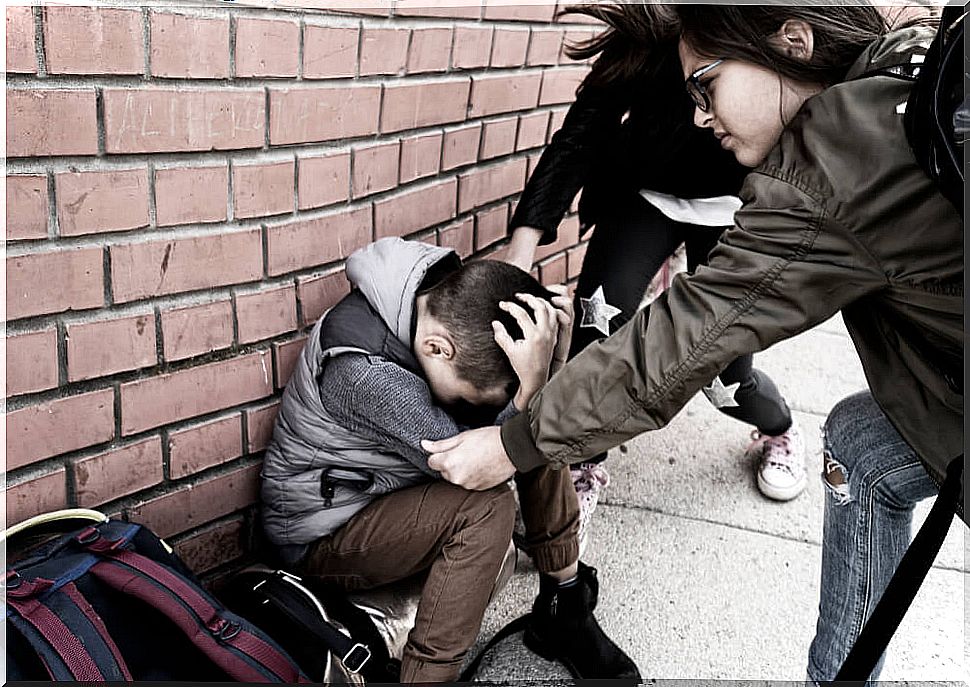
Educational inclusion and democratic coexistence as pillars of a culture of peace
Regarding educational inclusion, UNESCO appreciates diversity as a pillar of a culture of peace. That said, how is inclusive education developed and structured?
To begin with, inclusive education must aim to learn to live with what is different. It is a fact that our societies, and therefore our schools, have changed, and diversity is a reality in our daily lives. In view of this, we must know how to manage this diversity and educate the new generations in wealth and respect for differences.
On the other hand, we must know how to identify and eliminate the barriers faced by those students at risk of social exclusion, seeking the participation of all of them.
Regarding democratic coexistence, the Research Institute for the Development of Education (INIDE) of the University of Mexico understands that, when educating for democratic coexistence, a series of elements must come into play:
- Participation. According to INIDE, we must create the conditions for girls and boys to know their rights, exercise them and exercise them in their daily lives.
- Citizen. Encourage children to have a space in society as citizens, that is, to be active subjects who not only know their rights, but also assume their obligations; being co-responsible in the construction of the common good to create a democratic society.
- Team work. INIDE understands teamwork as necessary, since it defines it as the sum of efforts to achieve a common goal. That is, it is a capacity that implies setting common objectives to reach agreements, take on tasks oriented in the same direction, etc.
- Autonomy. In other words, the importance of teaching children to be self-directed by internalized norms, giving them meaning and meaning and, consequently, that they understand that these agreed norms contribute to regulating social life.
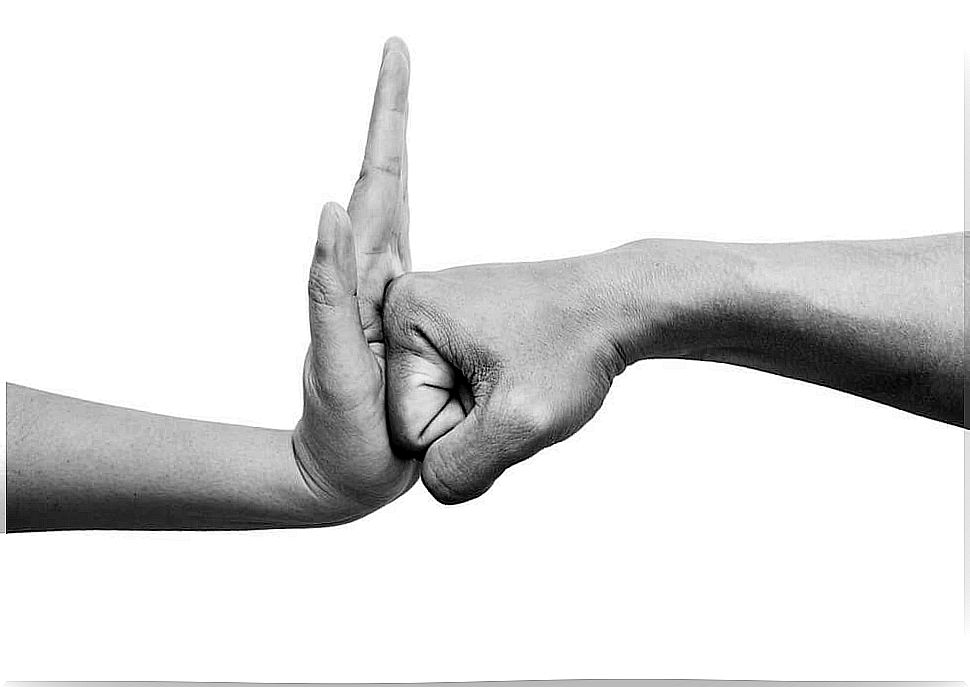
Ideas to educate in non-violence
- Emotional education. In other words, teaching the little ones to know and understand their emotions is essential to help them know how they have to manage complex emotions such as anger. The role-playing and activities of listening and responding to others are examples that teach young people to solve problems without resorting to violence.
- Educate in dialogue. It is essential in nonviolence education to teach children and adolescents conflict resolution skills. In other words: teach them that dialogue, mediation and negotiation are the only weapons that lead to peace.
- Promote trust. Showing the importance of mutual trust makes it easier to keep the lines of communication open, which is essential in preventing violence.
In conclusion, we must know how to educate and lead the youngest towards a culture of peace and non-violence through conflict resolution strategies, management of emotions, autonomy and participation, in addition to teaching them the value of a society free of violence and conflict.
